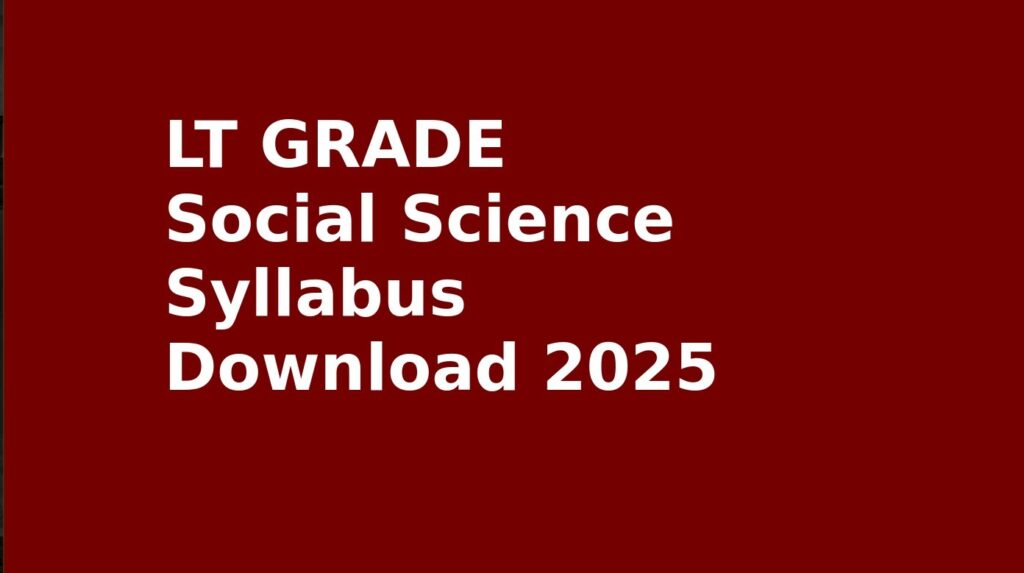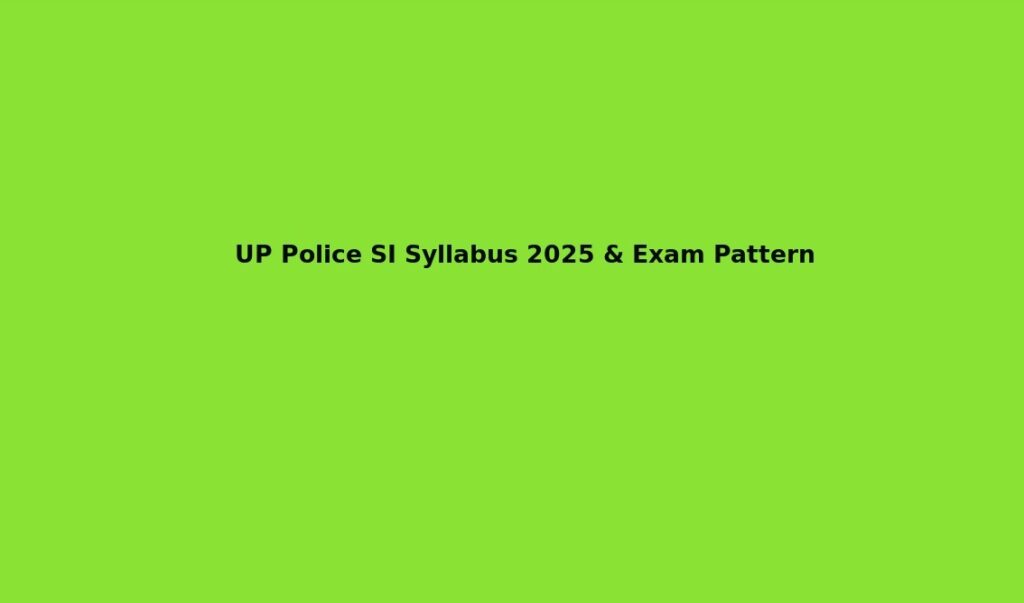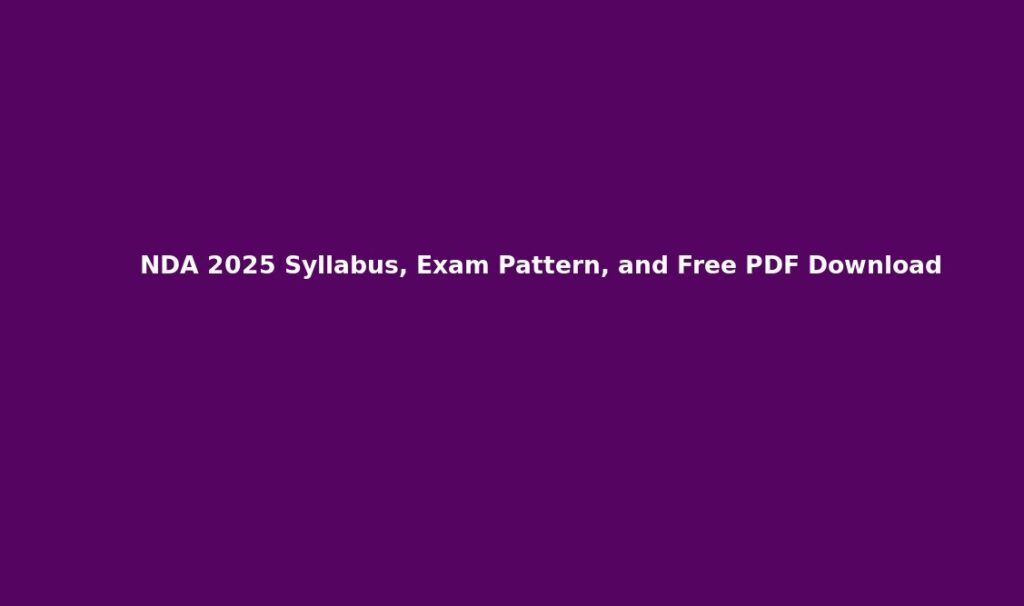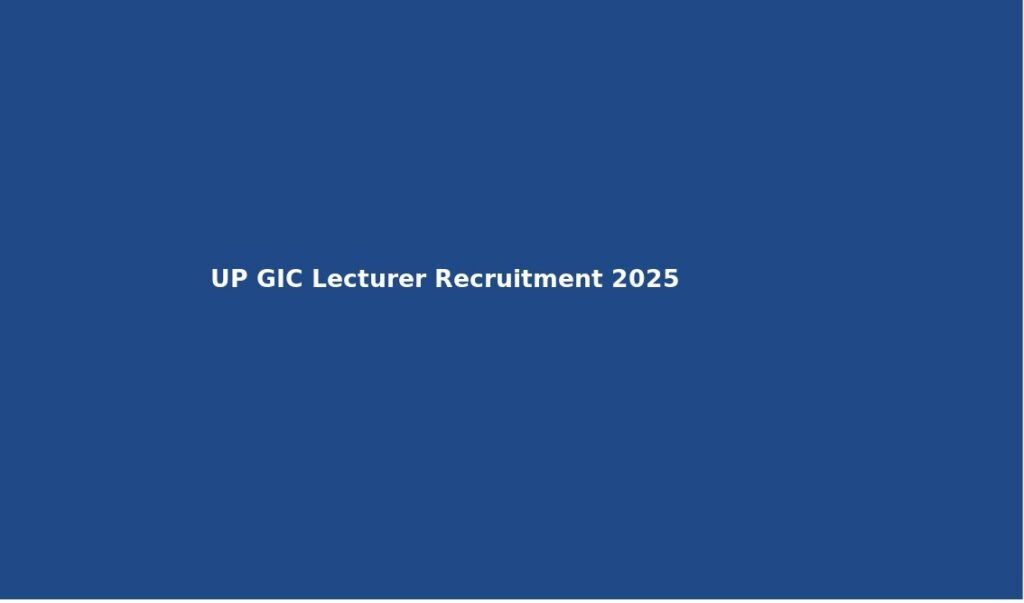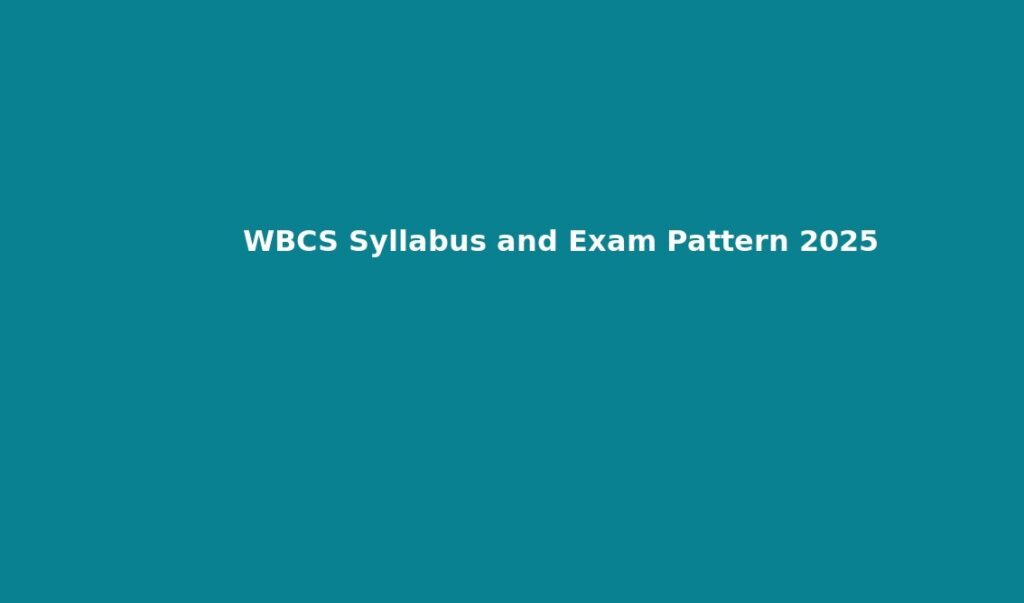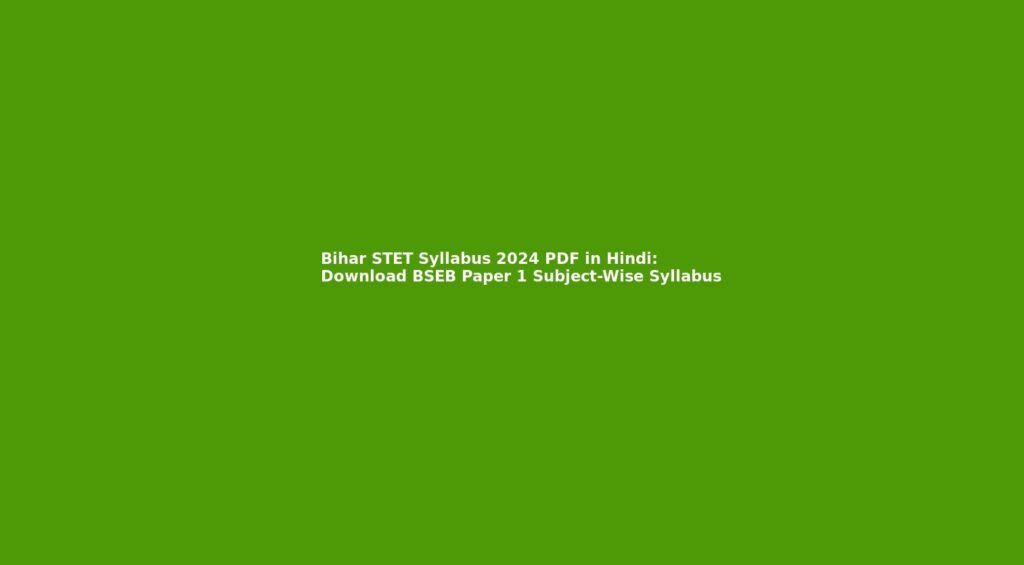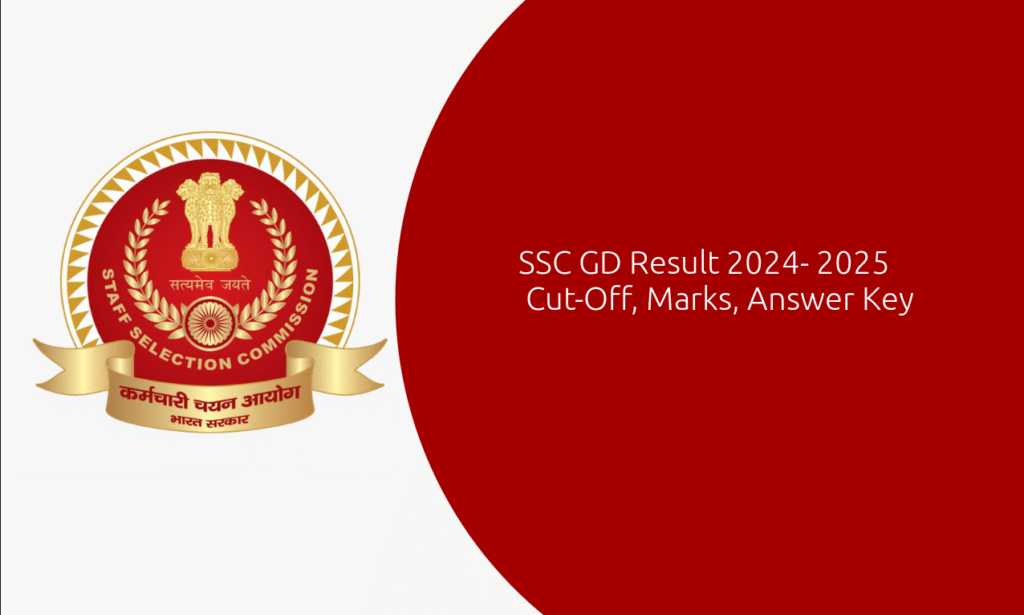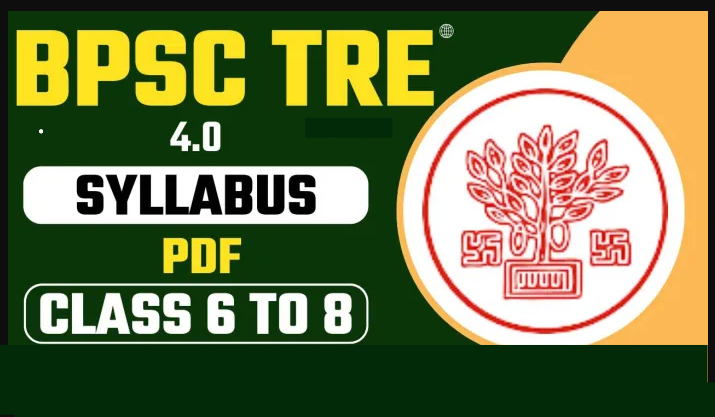The blue skies beckon, and the dream of commanding a magnificent flying machine for the nation is a powerful one. Becoming an Air Force pilot in India is a path of immense prestige, rigorous training, and unwavering dedication. If you’re inspired to join the elite ranks of aviators defending the Indian skies, here’s a comprehensive guide to help you navigate the journey, focusing on Indian Air Force pilot requirements, training, salary, and more.
Who Can Be an Air Force Pilot? Eligibility Criteria
The Indian Air Force (IAF) offers several entry routes for aspiring pilots, catering to different educational backgrounds. While specific criteria may vary slightly with each recruitment cycle, here are the general guidelines for Indian Air Force recruitment for pilots:
1. Nationality: You must be an Indian citizen.
2. Gender: Both male and female candidates are eligible for the Flying Branch, primarily through the AFCAT and NDA entries.
3. Marital Status: Generally, unmarried candidates are preferred at the time of joining the respective training academies.
4. Educational Qualifications:
- For 10+2 Candidates (NDA Air Force entry):
- You must have passed 10+2 with Physics and Mathematics as compulsory subjects, with a minimum of 50% marks in aggregate and 50% in English.
- This is considered the most direct and prestigious route.
- For Graduates (CDSE & AFCAT Entry):
- AFCAT (Air Force Common Admission Test): For AFCAT Flying Branch eligibility, a Bachelor’s degree in any discipline with a minimum of 60% marks, OR a BE/B.Tech degree with a minimum of 60% marks is required. Candidates with a Commercial Pilot License (CPL) may receive age relaxation.
- CDSE (Combined Defence Services Examination): A graduate degree. This exam is conducted by UPSC for entry into the Indian Military Academy, Indian Naval Academy, and Air Force Academy.
- NCC Special Entry: For NCC Air Wing Senior Division ‘C’ certificate holders, this route offers direct entry to the SSB interview, bypassing the written exam. Educational qualifications are similar to AFCAT.
5. Age Limit:
- NDA Entry: Typically between 16.5 to 19.5 years at the time of joining NDA. This clarifies the Air Force pilot age limit India for this entry.
- AFCAT (Flying Branch): Usually 20 to 24 years (up to 26 years for those with a valid Commercial Pilot License) at the commencement of the course.
- CDSE/NCC Special Entry: Generally 20 to 24 years.
6. Physical and Medical Standards: The IAF maintains stringent physical and medical standards. This includes: * Good physical fitness with no history of serious illnesses, epilepsy, or psychiatric disorders. * Specific height and sitting height requirements (e.g., a standing height of 162.5 cm and a sitting height of 81.5 cm to 96 cm for males). * Excellent eyesight without glasses (or within prescribed limits for specific entries). * Ability to clear the Pilot Aptitude Battery Test (PABT) India, which is a one-time test (now largely superseded by CPSS). * Passing vestibular (balance) and G-force tolerance tests.
The Path to the Cockpit: Steps to Becoming an Air Force Pilot
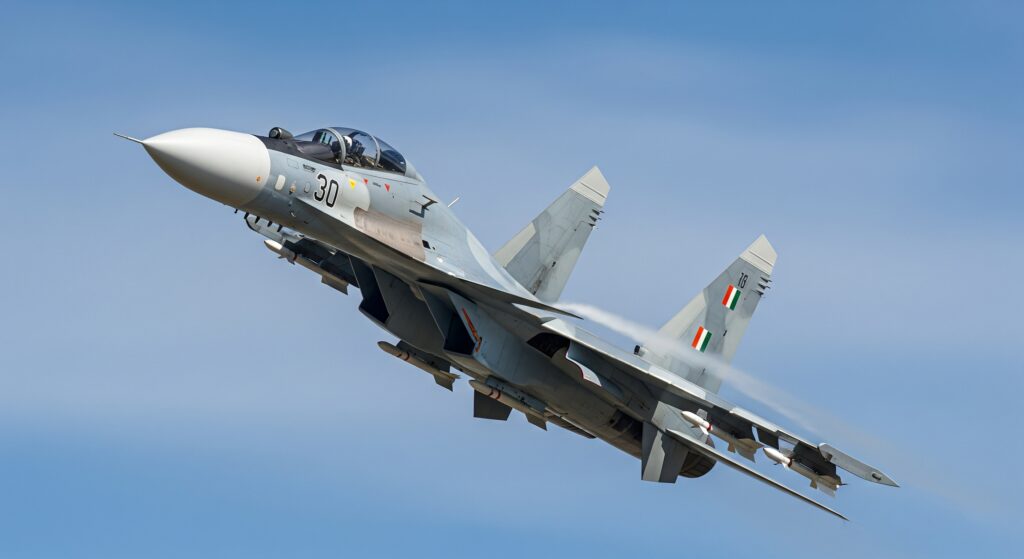
The journey involves a series of rigorous selection stages, outlining exactly how to become an Air Force pilot in India:
Step 1: Written Examination Depending on your entry route, you’ll need to clear one of these competitive exams:
- NDA Exam (UPSC): For 10+2 candidates.
- AFCAT (IAF): For graduate candidates (both male and female).
- CDSE Exam (UPSC): For graduate candidates.
Step 2: Services Selection Board (SSB) Interview Candidates who clear the written exam proceed to the SSB. This is a comprehensive 5-day evaluation that assesses your personality, leadership qualities, mental aptitude, and suitability for a career in Indian Air Force Flying Branch. It includes:
- Stage I: Officer Intelligence Rating (OIR) test and Picture Perception and Discussion Test (PPDT).
- Stage II: Group Testing Officer (GTO) tasks, Psychology tests, and Personal Interview.
Step 3: Medical Examination Successful SSB candidates undergo a thorough medical examination by authorized Air Force Medical authorities to ensure they meet the stringent physical and medical standards for the Flying Branch.
Step 4: Computerised Pilot Selection System (CPSS) This is a crucial test specifically designed to assess a candidate’s aptitude for flying. It includes instrument comprehension, psychomotor skills, and cognitive abilities. Note: CPSS has replaced PABT for most entries. This test can only be attempted once in a lifetime.
Step 5: Merit List and Training Based on your performance in the written exam (if applicable), SSB interview, medical examination, and CPSS, a final merit list is prepared. Those on the merit list are then called for Indian Air Force pilot training.
- NDA Cadets: Undergo three years of foundational training at the National Defence Academy (NDA), Khadakwasla, followed by specialized flying training at the Air Force Academy Dundigal, and other establishments.
- AFCAT/CDSE Cadets: Directly report to the Air Force Academy (AFA) for their training, which includes basic and advanced flying training.
The training further bifurcates into specialized streams, addressing the eligibility for fighter pilot India and other roles:
- Fighter Stream: For those destined to fly fighter jets.
- Transport Stream: For pilots of transport aircraft.
- Helicopter Stream: For helicopter pilots.
Life as an Air Force Pilot: Salary, Ranks, and Aircraft
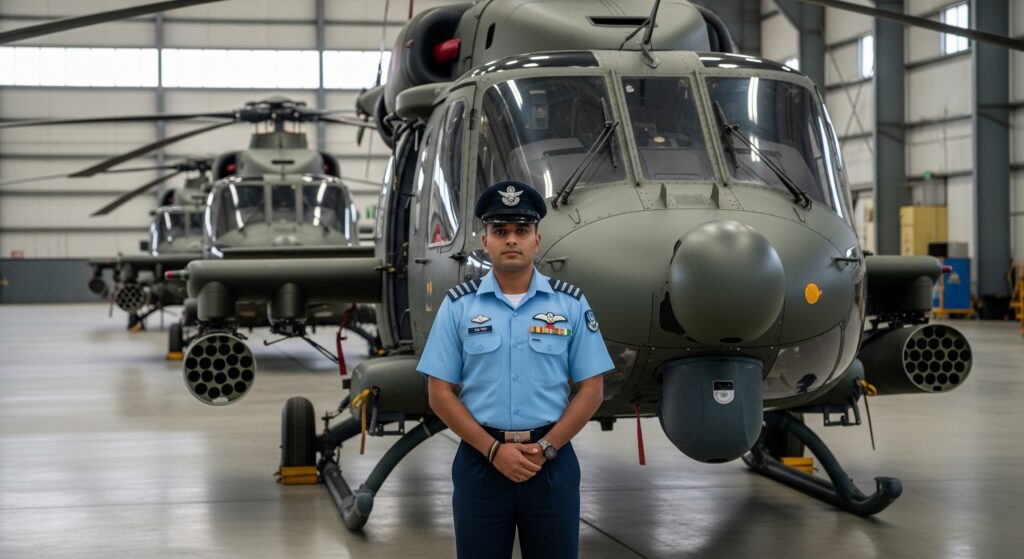
Salary: Upon commissioning as a Flying Officer, your monthly salary will typically range from INR 56,100 to INR 1,77,500, along with a Military Service Pay (MSP) of INR 15,500 per month. Additionally, pilots receive flying allowances and various other perks and allowances based on their duty and posting. This details the typical Indian Air Force pilot salary. As you rise through the ranks and gain experience, your salary will significantly increase.
Ranks in the Flying Branch (Commissioned Officers): The hierarchy of commissioned officers in the Indian Air Force (Flying Branch) generally progresses as follows, outlining the Air Force pilot ranks India:
- Flying Officer
- Flight Lieutenant
- Squadron Leader
- Wing Commander
- Group Captain
- Air Commodore
- Air Vice Marshal
- Air Marshal
- Air Chief Marshal (Chief of the Air Staff)
Aircraft Flown by Indian Air Force Pilots: Indian Air Force pilots get to fly some of the most advanced and diverse aircraft in the world, depending on their specialization, showcasing the variety of Indian Air Force aircraft types:
- Fighter Aircraft: Sukhoi Su-30MKI, Dassault Rafale, Mikoyan MiG-29, Dassault Mirage 2000, HAL Tejas, SEPECAT Jaguar.
- Transport Aircraft: Boeing C-17 Globemaster III, Ilyushin Il-76, Lockheed Martin C-130J Super Hercules, Antonov An-32, Airbus C-295.
- Helicopters: Mil Mi-17 series, HAL Dhruv, HAL Rudra, Boeing AH-64 Apache, Boeing CH-47 Chinook, Chetak, Cheetah.
- Trainer Aircraft: BAE Hawk, Pilatus PC-7 Mk II, HAL Kiran, HAL HTT-40.
A Career of Honor and Excellence
Becoming an Air Force pilot is more than just a job; it’s a way of life that embodies courage, discipline, and an unwavering commitment to serving the nation. It demands continuous learning, adaptability, and the ability to perform under extreme pressure. If you possess a passion for aviation, a strong academic foundation, and the spirit of an adventurer, the Indian Air Force offers a challenging yet immensely rewarding career, where you literally get to touch the sky with glory. Your dream of soaring high for India awaits!
